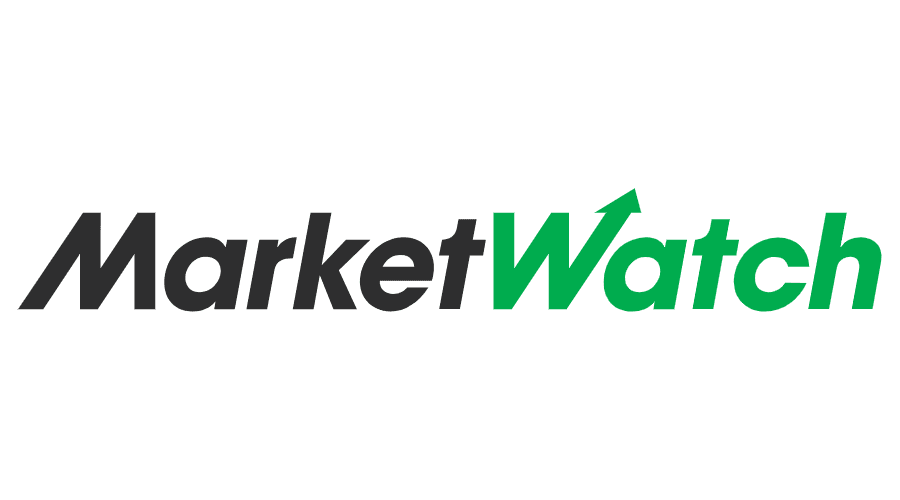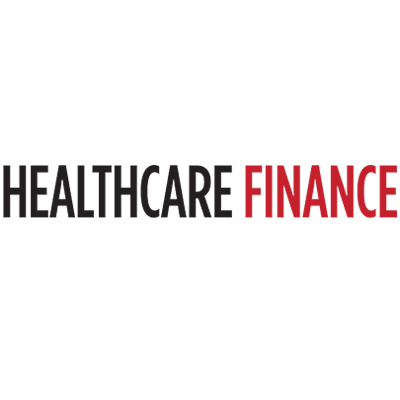Why compare Medicare Advantage plans?
There are over 3,699 2025 Medicare Advantage plans available nationwide.2 Medicare Advantage plans combine your Original Medicare (Part A and Part B) benefits into a single plan sold by a private insurance company.
Medicare Advantage plans can offer more benefits that Original Medicare doesn’t cover. Medicare Advantage plans can cover prescription drugs, routine dental care, routine vision care and/or routine hearing care. Medicare Advantage plans with all of these benefits might not be available where you live, however.
So how do you find the right plan for your needs?
You can narrow down your options by comparing plan benefits, types, costs and Medicare star ratings online, with no obligation to enroll. You can also get help compare plans where you live by calling to speak with a licensed insurance agent.
We offer plans from Humana, UnitedHealthcare®, Anthem Blue Cross and Blue Shield*, Aetna, Cigna Healthcare, Wellcare, or Kaiser Permanente.
Compare plans today.
Speak with a licensed insurance agent
Compare Medicare Advantage plans side by side
Finding the right Medicare Advantage plan to fit your needs will depend on the types of health coverage you want, your budget and the availability of plans where you live.
The cost of Medicare insurance plans can be determined by a variety of factors:
- Coverage
- Location
- Plan carrier
- Plan type
Compare Medicare Advantage quotes by plan type
There are several types of Medicare Advantage plans, including but not limited to:
- Health Maintenance Organization plans (HMO)
- Preferred Provider Organization plans (PPO)
- Private Fee-for-Service plans (PFFS)
Each plan type and each individual plan can have different network rules which may impact which medical providers you can use and how much your medical care will cost.
Medicare Advantage HMO plans
A Medicare Advantage health maintenance organization (HMO) plan is a type of health plan that typically utilizes a local network of doctors, health care providers and hospitals.
With an HMO plan, you are typically limited to a local network of providers for care that will be covered by your plan. You are also usually required to choose a primary care physician (PCP) from your local plan network.
Your plan may require you to get a referral from your PCP before visiting a specialist for additional care.
Be sure to check with your plan carrier to find out more about the rules and network restrictions of your plan.
Medicare Advantage PPO plans
A Medicare Advantage preferred provider organization (PPO) plan is a type of health plan that may offer you the ability to receive approved health care outside of your plan network.
Your plan costs will typically be lower, however, if you see providers within your PPO plan network.
A PPO plan may require you to choose a primary care physician, but it is not typically a requirement. PPO plans typically don’t require you to get a referral in order to see a specialist.
Medicare Advantage PFFS plans
A Medicare Advantage private fee-for-service (PFFS) plan is a type of health insurance plan that allows you to visit any Medicare-approved doctor or facility that accepts your plan’s payment terms and conditions.
Some PFFS plans may include a provider network. If your PFFS plan includes a network, you may pay higher costs when you seek care from an out-of-network provider.
With most PFFS plans, you don’t have to get a referral to see a specialist.
How much do Medicare Advantage plans cost?
Medicare Advantage plans have several different costs you should consider including premiums, deductibles, copayments and coinsurance.
Your costs will vary depending on which plan you choose and which medical services you receive.
Some Medicare Advantage plans can feature $0 monthly premiums and may be available near you. No matter how much your Medicare Advantage plan premium is, you will still be responsible for paying the Medicare Part B premium.
How do I find top-rated Medicare Advantage plans?
Each fall, the Centers for Medicare & Medicaid Services (CMS) releases a star ratings report for all Medicare Advantage and Medicare Part D prescription drug plans. Plans are evaluated by CMS using a five-star rating system, and Medicare star ratings can change each year.
Each plan is rated from one to five stars on a variety of criteria, with one star being “poor” and five stars being “excellent”.
Medicare releases its star ratings report each fall, typically prior to the fall Medicare Open Enrollment Period (also called the Annual Enrollment Period). Fall open enrollment for Medicare lasts from October 15 to December 7 every year.
Where can I find Medicare Advantage company reviews?
You may also do some research on the carriers who provide Medicare Advantage plans in your area.
Agencies like A.M. Best, Moody’s and Standard & Poor’s can provide valuable insight about the financial well-being of an insurance company.
Sites like Consumer Reports and the Better Business Bureau can shed some light on overall consumer satisfaction.
You can also browse customer reviews and testimonials online.
Compare Medicare Advantage quotes by benefit type
Comparing plans online with Medicare.gov or MedicareAdvantage.com or over the phone with a licensed insurance agent can help you compare the benefits available with plans offered in your local area.
This is important, as plan benefits vary. The Medicare Advantage plan benefits you see advertised on TV may not always be available with the plans offered in your ZIP code.
Compare plans today.
Speak with a licensed insurance agent
Compare plans online with Medicare.gov
One way to compare plans online is using the Medicare.gov “Medicare Plan Finder” tool. Medicare.gov is the official U.S. Government site for the Medicare program.
The site offers several Medicare plan search options, including a general search and a personalized search.
- In order to view your plans on the general search, you will need to provide your ZIP code.
- In order to view your plans on the personalized search, you may be asked questions such as your Medicare number, Part A effective date, date of birth; none of these questions are required, but answering them may result in options better suited for your needs.
Both search options show several types of Medicare plans in your area with detailed plan information such as estimated annual costs, premiums, Star Ratings and plan benefits.
Compare plans online with MedicareAdvantage.com
You can compare plans online and have one-on-one support from a licensed insurance agent with MedicareAdvantage.com.
MedicareAdvantage.com offers an online plan comparison tool where you can review Medicare Advantage plans side by side.
You will be able to view plan details, benefits, costs, Star Ratings and other information.
If a plan fits your needs, you can start the application process if you have a qualifying enrollment period and are eligible for Medicare Advantage plans.
Even if you aren’t ready to apply, Medicare licensed insurance agents can help answer your questions and discuss your plan options.
Reviewing plans online with MedicareAdvantage.com gives you the freedom to compare several plan options at your own pace and speak with a licensed insurance agent when you have questions.
Compare plans over the phone
When you compare plans with a licensed insurance agent directly over the phone, you will have access to all the plan information mentioned above such as plan details, benefits, costs and other information.
What makes comparing plans over the phone different is that if you have any questions during the plan comparison process, such as how a certain benefit may help you or how much the plan’s deductible is, a licensed insurance agent can answer your questions.
MAPD plans vs. non prescription drug plans
89 percent of 2024 Medicare Advantage plans covered prescription drugs according to the Kaiser Family Foundation.3
Medicare Advantage Prescription Drug (MA-PD) plans may not be available in your area. You can speak to a licensed insurance agent to find out if there are any MAPD plans available where you live.
If there are, an agent can also help you find out if any plans cover your prescription drugs.
When can I enroll in a Medicare Advantage plan?
Beneficiaries can only enroll in Medicare Advantage plans during pre-determined enrollment periods unless they qualify for a Special Enrollment Period (SEP) due to a qualifying life event.
If you are about to become eligible for Medicare or have recently become eligible, you may be able to enroll in a Medicare Advantage plan during your Medicare Initial Enrollment Period (IEP).
A licensed insurance agent can help you explore your eligibility and the enrollment periods available to you.
How Part C premiums compare to Original Medicare premiums
While most people do not pay a premium for Medicare Part A, beneficiaries typically pay the standard Part B premium, which is $185 per month in 2025.
People who report higher incomes may more for their Part B premiums, due to what is called the Medicare Income-Related Monthly Adjustment Amount (IRMAA).
Do Medicare Part C plans have deductibles?
A deductible is the amount you must pay out of your own pocket toward the costs of covered services and items before your plan coverage kicks in.
Medicare Advantage plans can include medical deductibles. Medicare Advantage plans that include prescription drug coverage (MA-PD plans) can also include an annual drug deductible.
Do Medicare Advantage plans have coinsurance or copays?
Cost-sharing measures are the share of medical bills that you must pay after your deductible has been met.
Cost-sharing can typically come in two forms:
- Copayments
This is a flat-fee. A $20 copayment on a bill of $300 means you would pay $20 and your plan would cover the remaining $280.
- Coinsurance
Coinsurance is a percentage of your medical bill. A 20 percent coinsurance requirement on a $300 bill means you’ll pay $60 (20 percent of $300), while your plan takes care of the remaining $240.
Cost-sharing such as coinsurance and copays with Medicare Part C plans may vary by plan.
Medicare Advantage plans include out-of-pocket spending limits
A Medicare Advantage plan out-of-pocket spending limit represents an annual cap on your out-of-pocket spending for covered Part A and Part B health care costs.
Once you have reached this amount, your Part C plan will pay for 100 percent of the cost of all covered services and items for the remainder of the year.
By law, all Part C plans must contain an in-network out-of-pocket spending limit of no more than $9,350 in 2025.
Original Medicare does not feature an out-of-pocket limit.
Compare Medicare Part C costs where you live
If you have questions about Medicare Part C costs or would like to compare Part C plans available in your area, call to speak with a licensed insurance agent today.
Compare plans today.
Speak with a licensed insurance agent










